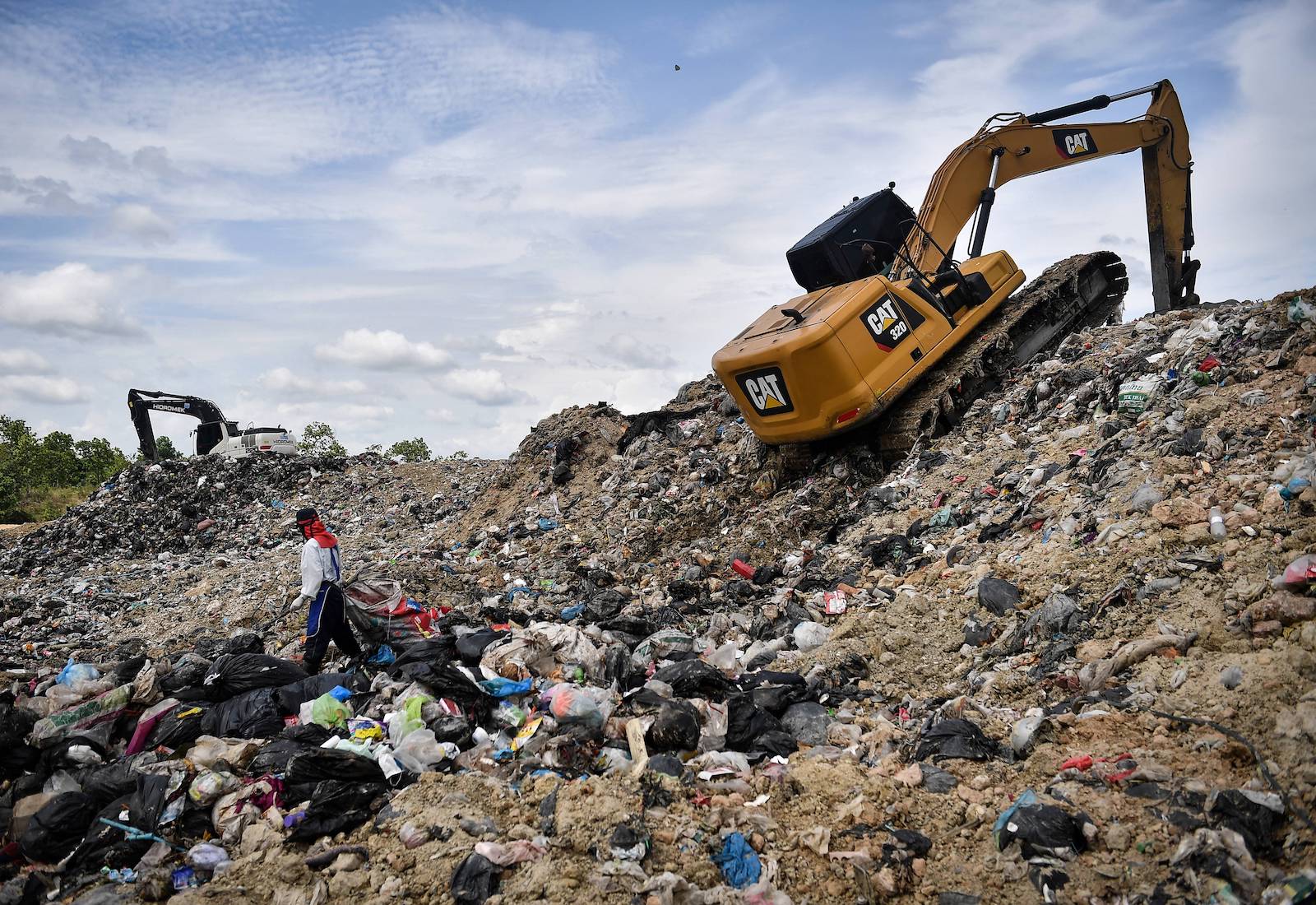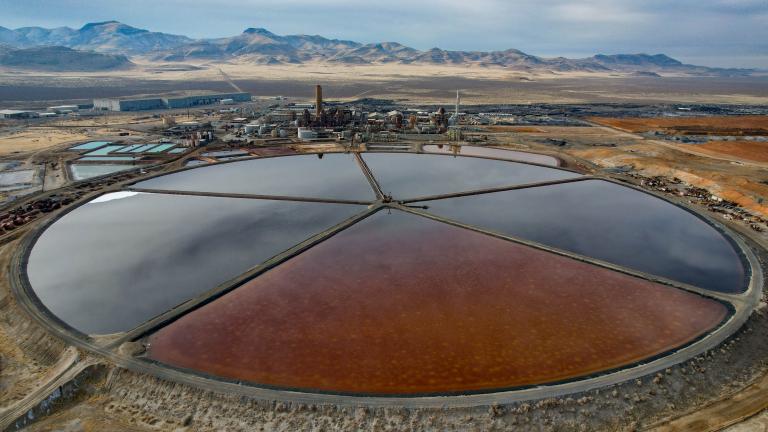To get plastics ready for use in consumer and industrial products, companies add thousands of chemical additives that give them properties like elasticity and fire resistance. Many of these chemicals, however, are hazardous to human health and the environment, and environmental advocacy groups have long pushed for their elimination.
Those advocates scored a victory last week when parties to the Stockholm Convention — an international treaty regulating hazardous pollutants — agreed to add three new chemicals to a list of globally banned substances, including the plastic additives UV-328 and Dechlorane Plus. The move is expected to safeguard people and the natural world, although a handful of exemptions mean the chemicals will not completely disappear as a threat.
World governments “took an important step today toward protecting human health and the environment,” Sara Brosché, a science adviser for the International Pollutant Elimination Network, or IPEN, said in a statement. “But we are disappointed that financial interests caused unnecessary and dangerous exemptions that will lead to ongoing toxic exposures.”
The decision came out of a two-week-long conference in Switzerland on the Basel, Rotterdam, and Stockholm Conventions, a series of United Nations agreements to regulate waste and hazardous chemicals. The Stockholm Convention, which will control the three new chemicals, was first passed in 2001 to phase out or restrict the global production of “persistent organic pollutants,” hazardous pesticides and industrial chemicals that don’t break down naturally. There were 12 chemicals on the original list, but it’s since expanded to cover more than 30. More than 150 countries have ratified the Stockholm Convention and are subject to its restrictions; the U.S. is not among them.
The most recently banned chemicals include a pesticide called methoxychlor, as well as two plastic additives: UV-328, which absorbs UV light and is widely used in transparent plastics products, and Dechlorane Plus, a flame retardant that’s added to plastic coatings and electrical wires. All three chemicals have been shown to persist in the natural environment and bioaccumulate up the food chain, and have been linked to health concerns ranging from neurodevelopmental damage to endocrine disruption. These concerns are particularly acute for people who work in recycling workshops, where plastics are exposed to high heat and other processes that encourage chemical leaching.
By placing the chemicals in a category known as “Annex A,” parties to the Stockholm Convention have agreed to take steps to eliminate them from global use and production — with a handful of exemptions, in the case of the two plastic additives. Until 2044, both UV-328 and Dechlorane Plus will still be allowed in spare parts for motor vehicles and agricultural equipment, among other uses. Strangely, Dechlorane Plus will also be allowed indefinitely for use in medical imaging devices and aerospace products — even though the chemical’s production is projected to end globally by 2026 due to a national-level bans that are already on the books.
“We are quite disappointed” with the exemptions, said Jitka Straková, a project manager for the Czech nonprofit Arnika. Although there are fewer exemptions than there have been for previous chemicals, she said any ongoing use or production of UV-328 and Dechlorane Plus will harm recyclers in the developing world — especially because countries could not agree on rules for labeling contaminated products. This means that, even though the Stockholm Convention now bans the recycling of products containing UV-328 and Dechlorane Plus, recycling workers could unwittingly accept plastics containing these chemicals into their workshops.
“Exempted uses mean that the products will still be contaminating waste streams when they reach their end of life,” Straková said. A recent study she helped conduct with IPEN found alarming Dechlorane Plus contamination in and around e-waste recycling sites in Thailand, where much of the world’s plastic waste is exported. The study showed that a group of 40 Thai recycling workers had blood serum concentrations of Dechlorane Plus that were more than 39 times higher than those of a control group.
“Everyone has a right to know when toxic chemicals threaten their bodies, their food, and their health,” Thitikorn Boontongmai, toxic waste and industrial program manager for the watchdog Ecological Alert and Recovery – Thailand, said in a statement.
UV-328 contamination is also widespread, thanks to the chemical’s ubiquity in consumer products. An IPEN analysis of 28 hair accessories and toys from Russia, China, and Indonesia found UV-328 in every item. A separate study from IPEN found UV-328 in recycled plastic pellets from nearly two dozen different countries, suggesting that UV-328 travels into recycled products even if they were never meant to contain the additive.
“We are essentially losing track” of where UV-328 and Dechlorane Plus are going or what type of products they’re reaching, Strakova said. She said companies should immediately switch to safer alternatives despite the Stockholm Convention exemptions, and that countries should set strict limits for those chemicals in waste, banning them from being recycled into new products.




